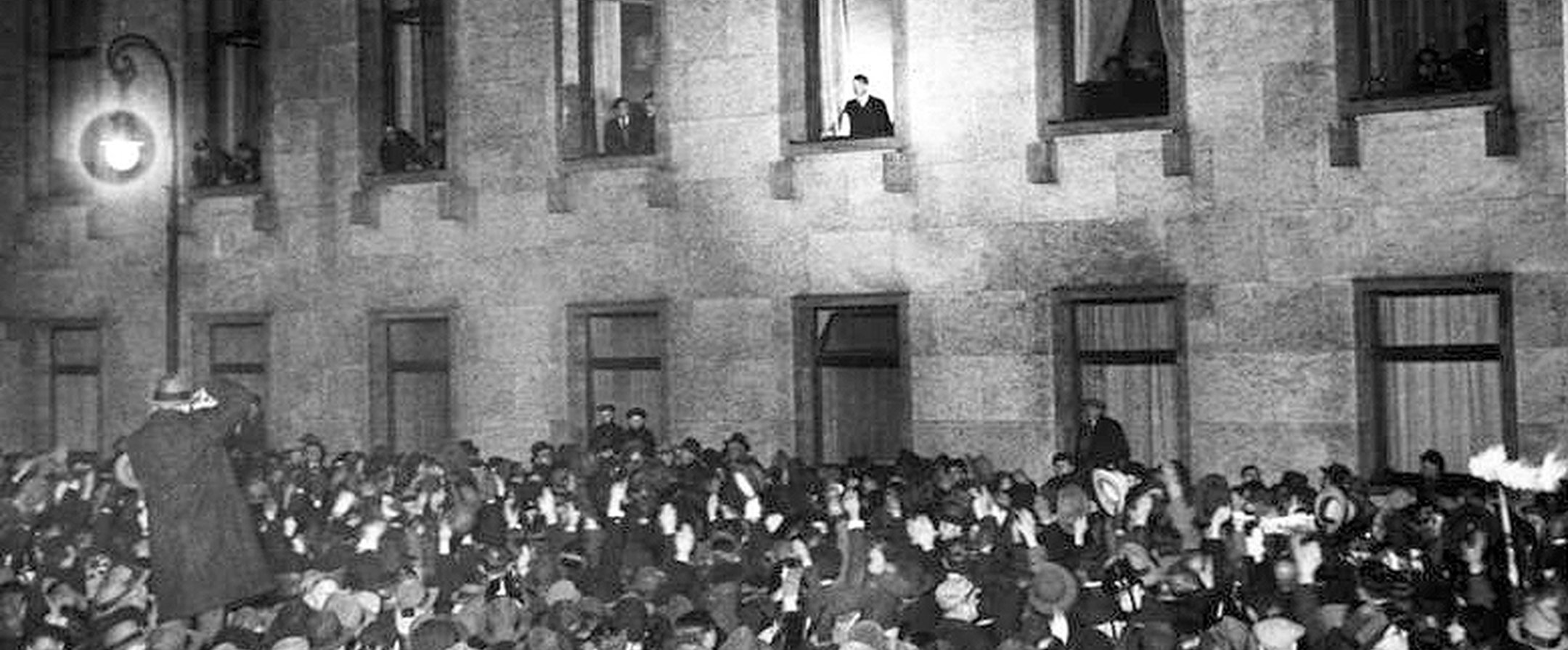The weakness of the Weimar republic after WWI
Germany became a republic in 1919. After losing the First World War, Kaiser Wilhelm II abdicated. Many Germans were dissatisfied with the new situation. They longed for a return to the Empire. Many people also believed that the ruling social democrats were to blame for losing the war. Nevertheless, things started to look up from the mid-1920s onwards.
And then in 1930, the global economic crisis hit. Germany could no longer pay the war debts stipulated in the Versailles Peace Treaty. Millions of Germans lost their jobs. The country was in a political crisis as well. Cabinets were falling, and new elections were held all the time. It seemed impossible to form a majority government.
